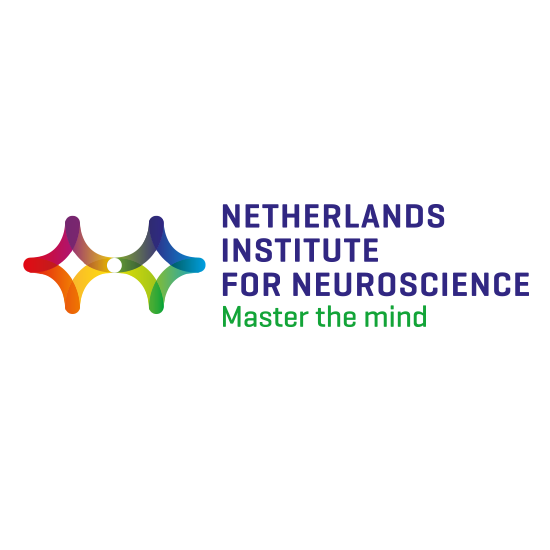Gazzola Group
Netherlands Institute for Neuroscience
When we see a little girl falling from her bike, why do most of us instinctively run to help and comfort her?
Years of research show that one of the reasons why we help other people is because their suffering activates brain regions that are also active when we ourselves are hurt. The pain of the child with her bleeding knee becomes our own pain. Helping the girl now becomes a way to sooth what is now our pain. A similar contagion happens for other emotions as well: we rejoice with our friend when we watch her crossing the finish line of her first marathon.
In some circumstances the decision to help is less readily made, but requires a detailed analysis of the pros and cons of the action we decide to take. For instance, if you are late for an important job interview, and you see the mother also running toward the child, you might decide to keep on going instead. This is because you have quickly calculated the benefits for the other against the costs for yourself, and found that the costs of helping (high probability of not getting the coveted new job) in this case are higher than the benefits to the other (comforting a child you do not know while her mom will soon arrive).
Some of the core questions my lab currently investigates are: What areas of the brain cause us to act prosocially? How does the brain weigh the benefits to self and the cost to others? How do we learn the consequences our actions have on others? When we hit someone he will likely be in pain. How does this make us learn that hitting people is bad? Why do psychopathic individuals fail to acquire these moral sentiments? Does the activation of our own pain brain regions while witnessing the other wince in pain play a critical role in that learning?
In order to answer these questions, we synergize brain imaging tools such as 3T and 7T fMRI and EEG, and neuro-modulation tools, such as TMS and tDCS.

Leave a Reply